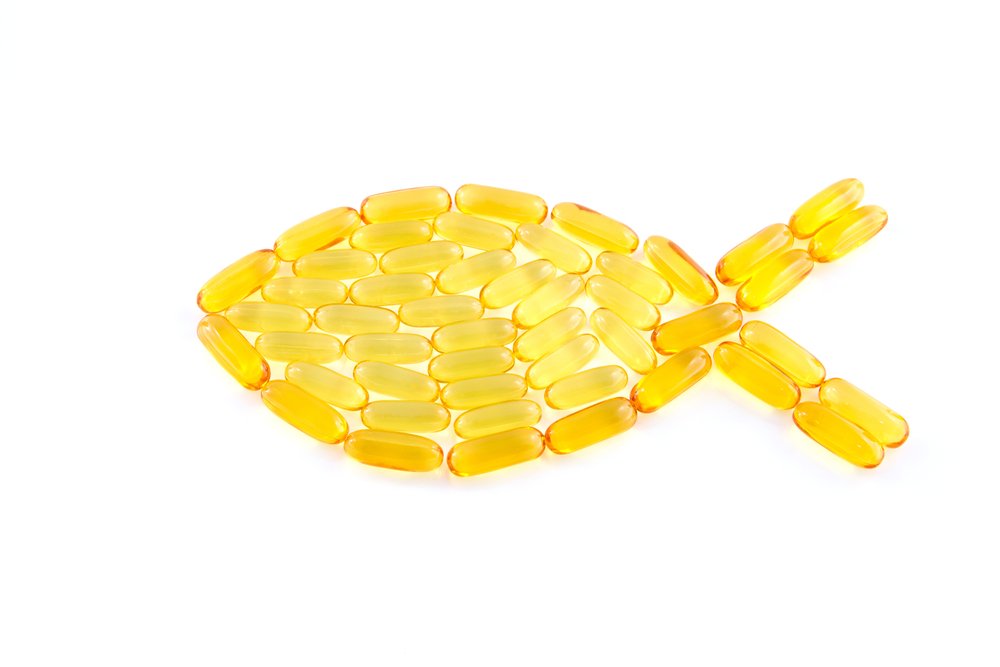by OmegaQuant
Headlines flip-flop on fish oil, but one thing is steady: EPA and DHA reliably raise your Omega-3 Index, and a growing body of research ties better omega-3 status to better cardiovascular outcomes.
A big real-world look: BMJ cohort
A new analysis in the British Medical Journal followed 427,678 adults for ~9 years. Regular fish-oil users (about one-third of participants) had:
-
13% lower risk of death from any cause
-
16% lower risk of cardiovascular death
-
7% lower risk of cardiovascular events (heart attack, stroke, etc.)
Why this matters: randomized trials are essential, but cohorts like this show how habits play out in everyday life across huge, diverse populations.
Quick myth check: plant sources (chia, flax, walnuts) provide ALA, not EPA/DHA. The body converts only a tiny fraction of ALA to EPA/DHA, so fish or direct EPA/DHA supplements are the practical routes for raising your Omega-3 Index.
The dose question (it matters…a lot)
Confusing trial results often trace back to dose. Consider:
-
VITAL used ~840 mg EPA+DHA/day → modest effects.
-
REDUCE-IT used 4,000 mg EPA/day → ~25% fewer major CV events on top of statins.
Meta-analyses that pool trials show a dose-response: higher EPA/DHA intakes tend to produce greater cardiovascular benefit. Translation: if you’re aiming for clinical impact, the amount you take is not trivial.
Make it measurable: the Omega-3 Index
Leading groups now encourage building omega-3 blood testing into research and care. The Omega-3 Index (EPA+DHA % in red blood cells) reflects long-term intake and helps you:
-
Measure your baseline,
-
Modify diet/supplement dose,
-
Monitor progress.
A commonly cited heart-protective zone is 8–12%.
Mechanism snapshot: arteries & early disease
Fresh imaging data connect omega-3 status to vessel health:
-
In patients with early coronary artery calcification (CAC), lower Omega-3 Index tracked with more calcification—an early sign of atherosclerosis.
-
Prior multiethnic work found EPA+DHA inversely associated with aortic calcification, with a particularly strong signal for DHA.
Biology lines up: EPA/DHA can support endothelial function, reduce inflammation, improve plaque stability, and ease arterial stiffness—exactly where risk starts.
Practical takeaways
-
Prioritize EPA/DHA: Eat fatty fish (salmon, sardines, herring) 2–3×/week; add a quality fish-, krill-, or algal-oil supplement if needed.
-
Think dose & consistency: Small intakes may not move the needle; steady daily amounts do.
-
Test, don’t guess: Use the Omega-3 Index to personalize your target and track progress.
-
Keep the basics: Don’t smoke, manage BP/lipids/glucose, and stay active—omega-3s are an ally, not a substitute.
Bottom line: When you get enough EPA and DHA to move your Omega-3 Index, heart-health benefits become more likely—and the newest evidence keeps pointing in the same direction.




